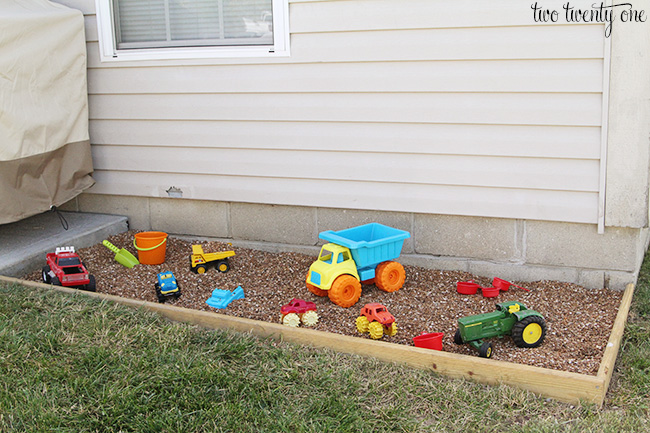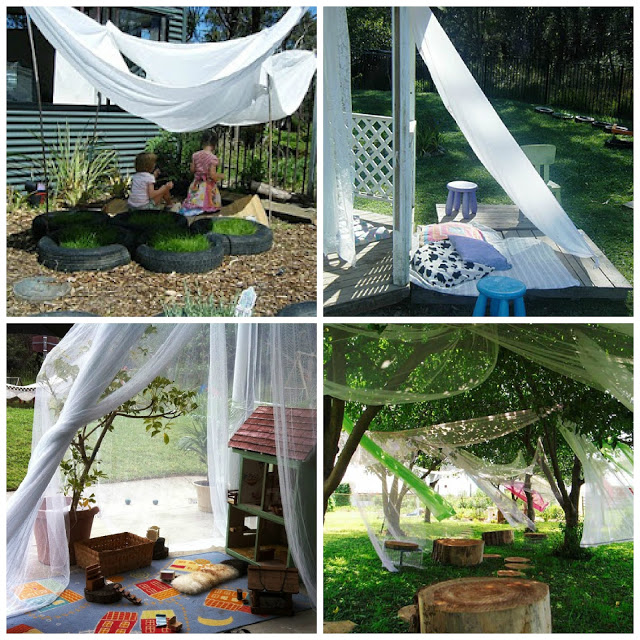Waiting Will Cost More
An economist responded when asked how interest rates would change: “They may fall some and then, rise and after that, they’ll fluctuate.”
Just because interest rates have been low for ten years doesn’t mean they are supposed to be low. The Federal Reserve has raised interest rates twice this year and are expected to go up twice more plus three times next year. Mortgage rates have risen from 3.95% to 4.62% since the first of January.
Increased rates directly affect the payments on homes but so does the price. With inventory levels remaining low, the prices will continue to go up. When interest rates and prices rise at the same time, it costs buyers a lot more.
If the mortgage rates go up by one percent and prices increase by five percent in the next year, the payment on a $250,000 home could go up by $200 a month. In a seven-year period, the buyer would pay $18,000 more for the home.
People planning to buy a home, need to investigate the possibilities of accelerating their timetable to take advantage of lower rates and prices. Use the Cost of Waiting to Buy calculator to see how much more it could cost you to wait. Call (859) 647-0700 if you have questions about what can be done now.










